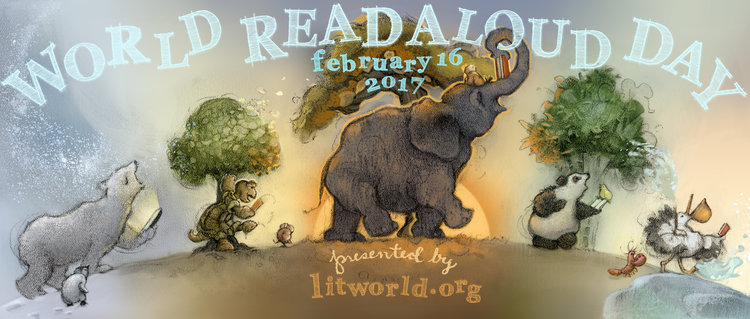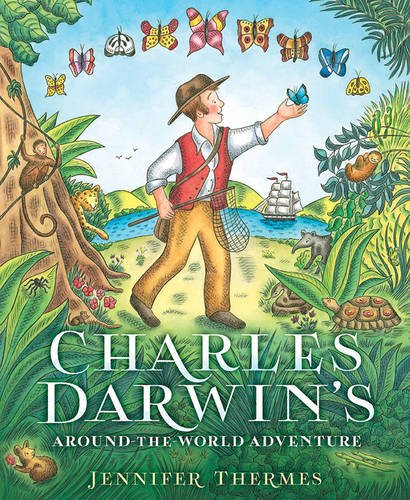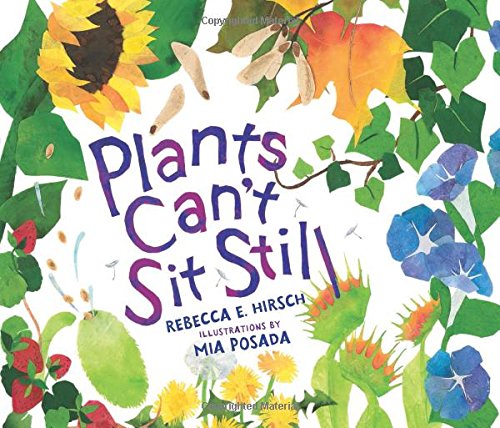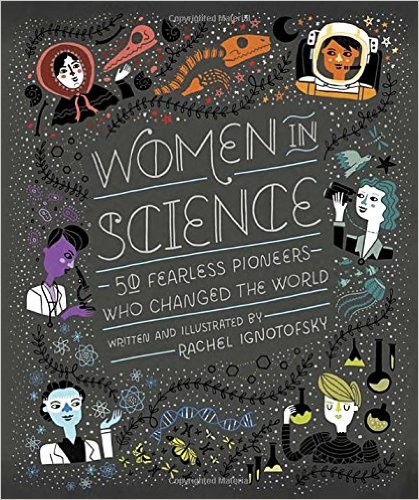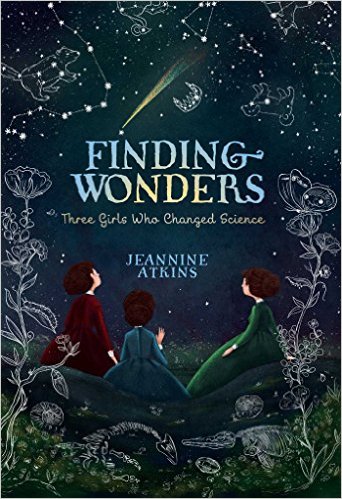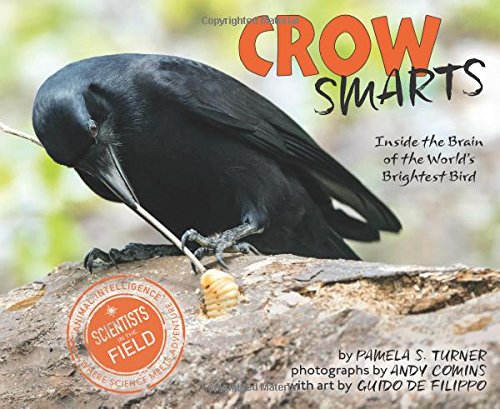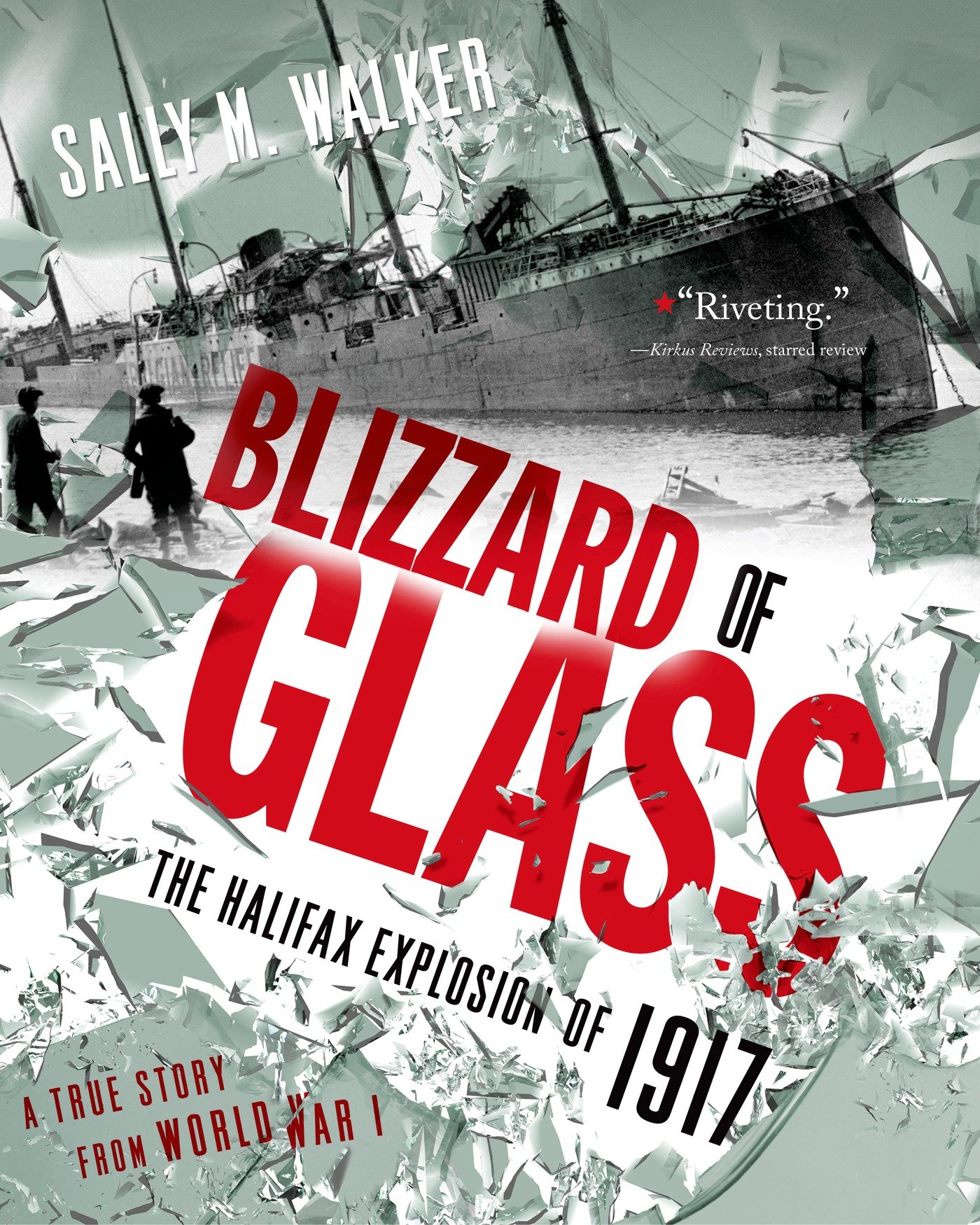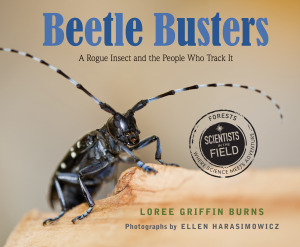Yesterday, February 16, was World Read Aloud Day, and it was magnificent. I celebrated by Skyping into classrooms in Fairfax and Virginia Beach (Virginia), Madison (Wisconsin) and Quito (Equador), and I got to read and talk with students about butterflies, citizen science, and honey bees. I also got to give a sneak peak of my newest book (LIFE ON SURTSEY, due out in November of this year) and recommend some of my very favorite recent nonfiction books. You know, books like …
Happy 2017!
Small Business Saturday
This year I’m celebrating Small Business Saturday with writers from across the state of Massachusetts at the Groton Public Library‘s Local Author Fair. There will be warm drinks and sweet pastries, plenty of books for browsing and purchasing, and smiling authors ready to inscribe them to you or your loved ones. Join us!
Here’s a list of the authors you’ll meet; click on their name for more information about their work:
Erin McCormack
Richard Meibers
Still Tracking Trash
All good books come to an end. But more often than not, the stories inside them continue …
This week the ocean research vessel Alguita, known to Tracking Trash readers for its pioneering investigation of plastic debris in the North Pacific Ocean, set sail on a new mission. For the next six months, Captain Charles Moore and his crew will be sampling plastic in the South Pacific Ocean, and studying the effect this plastic has on the world’s lantern fish.
Thanks to Algalita Marine Research Education’s Ship2Shore program, classrooms with an interest in this story can follow the new expedition closely, receiving weekly blog updates, photos, and videos. They can also interact directly with Captain and crew by posing questions through the blog. Getting started is as easy as sending an email to [email protected] and asking for a Ship2Shore blog user name and password.
Please click here for more information.
And please join me in wishing fair winds and safe travels to the Alguita and her entire crew.
My Smacation
This gorgeous pink-spotted ladybug (Coleomegilla maculata) is the most recent species recorded in my vegetable garden, and it brings my 2016 species tally to five. This summer has been super full, though, and to be honest, all the ladybugs I’ve spotted have been by chance, while weeding or harvesting or doing other chores in the garden. There just hasn’t been time for a day in the meadow with my sweep net and a collecting jar and high ladybug hopes.
I’ve decided to change that by taking my very first social media vacation. A smacation, if you will.
I plan to spend the next few months writing, and gardening, and hanging out with my family. But I also plan to pull out my sweep net and see what ladybugs are living in our milkweed meadow these days. Things will be quieter than usual here on my blog, and on my Facebook, Twitter, and Instagram pages … but I’ll be back soon. With any luck, I’ll have some new ladybug photos to share.
The Pickled Fruit Fly
I recently finished a first full draft of my next ‘Scientists in the Field’ book. Once it was off my desk and onto my editor’s, I treated myself to a few days of Work/Play.
What’s Work/Play? It’s hours and hours of unstructured research, a time when I follow up on every crazy little idea or story nugget or interesting link that came my way while I was working on that last book and unable to take up the chase. Work/Play is luxurious, and fascinating, and fun. It’s a gift. And it’s how I find the stuff that keeps me writing.
What sort of stuff? This article from the pages of The Canadian Entomologist—The Pickled Fruit Fly by G.J. Bowles—is a great example.
In case you’re pressed for time, here’s a summary …
“In August, 1879, I met with a small Dipterous fly, Drosophila ampelophila, in considerable numbers…”
How did explorer Bowles meet this little fly?
“I found it in the pickled raspberries.”
Of course. But wait, it gets better …
“An earthenware jar had been nearly filled with this fruit and vinegar, prepared by the good housewife for the purpose of making that favorite drink (in Canada at least) called raspberry vinegar. On opening the jar about ten days afterwards (16th August, 1879) it was found to be swarming with the larvae and cocoons of the insect.”
Bowles spent the next several weeks studying the life and times of his herd of pickled fruit flies. And then he published his findings in a professional research journal. I am not even kidding, people.
Why do we humans keep forgetting that science can be done anywhere, anytime? That it is, at its heart, simply a way of looking at the world? Of seeing a seething jar of fruit fly maggots and asking, “What in Heaven’s name is this?” And then taking a couple weeks to, you know, play with it?
Friends, I hope you find some time to play this week, at your desk or otherwise. If you’re not sure where to start, may I remind you that fruit fly season is just taking off here in North America? And that glass jars, raspberries, and vinegar are pretty easy to come by?
Malarkey and Sparkle
“I suppose the suggestion was bound to come up sooner or later that women should be put up for the Royal Society, and once that is accepted I don’t think you could find a woman candidate more likely than Mrs. Lonsdale to be successful. I should put her at quite the best woman scientist that I know—but that probably is as far as I am prepared to go, because I must confess that I am one of those people that still maintain that there is a creative spark in the male that is absent from women, even though the latter do so often such marvelously conscientious and thorough work after the spark has been struck.”
~Dr. William Astbury in a 1943 letter to a male colleague¹
Friends, I have no words.
Okay, that’s not true. I have words. Here are a few of them …
I’m currently writing about scientists working in the 1940s and 1950s, so am constantly searching for context. What was it like for women to work in science then? What was it like for men? Astbury’s quote gives me that context in a way that several years of reading and research had yet to manage. The most shocking part of his words, for me, is that from all my research so far, Astbury appears to have been a decent guy. He was an excellent scientist, and supportive of his female colleagues. He worked with women (he trained in the same lab as Lonsdale) and later welcomed them into his own lab, where he trained them, from what I can tell, the same way he trained his male students. That he privately believed these women to be mere lackeys is hard to wrap my head around.
I spent my twenties as a working scientist, many of those years in a lab predominantly staffed with smart, hard-working and gifted female scientists. These women are currently training a new generation of scientists, teaching high school students, running consulting firms, strengthening our K-12 and university science education policies, writing children’s science books (!), and practicing intellectual property law. Personally, I think the combined creative sparkle is blinding. But how would our careers have fared if we’d each been born a half-century earlier? Are there people that still think the way Astbury did? How about this guy? Or this one?
It’s a lot to think about.
In 1945, Dr. Kathleen Yardsley Lonsdale and Dr. Marjory Stephenson were elected Fellows of the Royal Society. They were the first two women to ever receive that honor. They knew Astbury’s beliefs were malarkey. So do these scientists². And so do I.
So, on we go.
¹ Kersten T. Hall. The Man in the Monkeynut Coat: William Astbury and the Forgotten Road to the Double-Helix. Oxford: Oxford University Press, 2014, page 96.
² To see a complete list of the women Fellows of the Royal Society, click the link provided here, then click “Show Filters” and then click “Gender” and then select “Female.” Boom.
Extreme Science Poetry
It’s National Poetry Month.
I’m hard at work drafting and revising a new book about the molecules inside our cells and what they look like.
I haven’t blogged in eons.
Add those three things up, and you have this quirky post!
You see, I found an irresistable little ditty in a biography I read while researching the new book. In the poem, mathematician Lindo Patterson celebrates William Astbury’s 1935 discovery that the physical properties of a protein are dictated not only by its component molecules but also by the ways those molecules are assembled in three dimensions. This was a huge leap of thinking for the time, and the basis of decades of subsequent research into the structure of biological molecules.
I’ll share details later, when the book is done. For now, just enjoy the poem:
Amino acids in chains,
are the cause, or so the X-ray explains,
of the stretching of wool,
and its strength when you pull,
and show why it shrinks when it rains.
by Lindo Patterson
I found the poem in Kersten Hall’s THE MAN IN THE MONKEYNUT COAT: WILLIAM ASTBURY AND THE FORGOTTEN ROAD TO THE DOUBLE HELIX, but it originally appeared in a printed version of one of Astbury’s lectures to the Faraday Society: Astbury, W.T. (1938) Transactions of the Faraday Society, 34, pp 378-388.
Nerdy Author Night!
 Friday, January 14, 2016 at 6pm, I’ll kick of nErDcamp Northern New England by joining thirty-five New England children’s book authors and illustrators at Falmouth Elementary School in Falmouth, Maine for a night of books and readers and nerdiness. Check out the complete list of authors here, and please join us in Falmouth!
Friday, January 14, 2016 at 6pm, I’ll kick of nErDcamp Northern New England by joining thirty-five New England children’s book authors and illustrators at Falmouth Elementary School in Falmouth, Maine for a night of books and readers and nerdiness. Check out the complete list of authors here, and please join us in Falmouth!
Duxbury Free Library
On Sunday, December 6 at 2pm, I’ll be speaking to an all-ages audience as part of the Duxbury Free Library’s Sunday Salon Series. The library is located at 77 Alden Street, Duxbury, Massachusetts and the event is free and open to the public … so come on down! I’ll be discussing Asian longhorned beetles and the men and women studying them here in Massachusetts. A book sale and signing will be held immediately following the presentation, thanks to Westwinds Bookshop.
Registration is required, so please visit the library’s web site for details. I hope to see you there!


